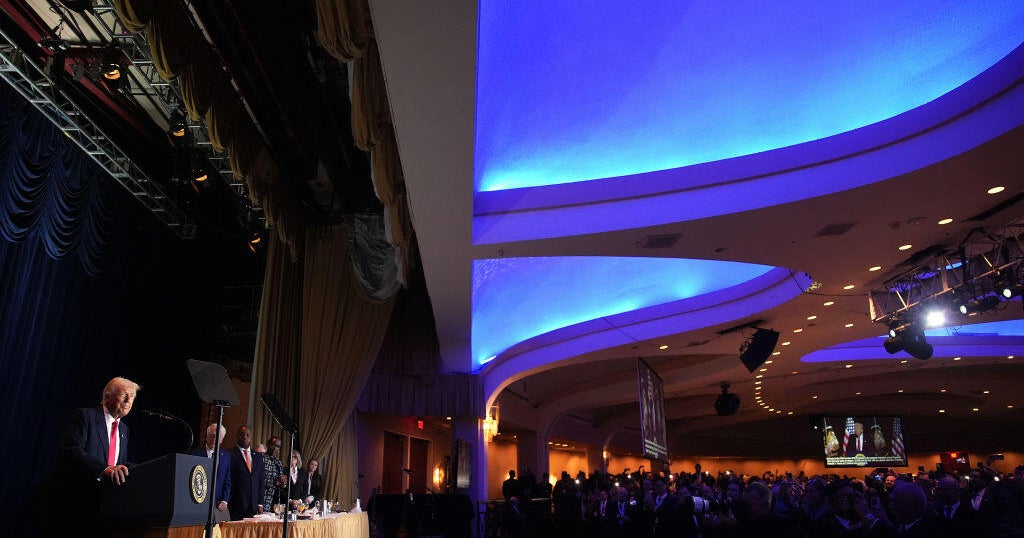The vanishing art of sushi
Last January, when correspondent Lucy Craft stopped by Chigusa Sushi, chef Haruo Gakuhari was still hanging out its cotton shingle. The Tokyo establishment has been open for 85 years, beckoning the famished to a tiny counter, to feast on delectable morsels gathered at dawn from the seafood market.
"We take pride in our tuna," Gakuhari said. "We never serve frozen fish, only fresh."
Chigusa was where locals savored a sense of community as much as the handcrafted jewels of salmon roe and raw tuna.
Craft asked, "How has the sushi business changed over the years?"
"In the old days, there were 30 sushi shops in this part of Tokyo," Gakuhari replied. "Now, we're the last one."
But this summer, as the pandemic raged, Chigusa's elderly staff finally called it quits, among dozens of local sushi eateries closing for good in 2020.
Eating Chigusa's lunch are brutally efficient mega-chains like Kura Sushi. There, customers seat themselves, using screens that operate by simply pointing, without actual contact. Next, patrons scan a digital code with their own smartphones to download menus and order food, which is whisked to their table. Paying via self-checkout, customers consume entire meals without ever coming into contact with restaurant staff.
Kura Sushi has dumped the sedate etiquette of the old sushi counter for a raucous carnival, with a shooting gallery, prizes, and an endless series of games. Lest diners get bored, novelties like cheese cake and onion rings are constantly added to the menu.
If this seems like the McDonald's of sushi, it's no accident. Kura Sushi, which has launched in the U.S., aims to double in size, to 1,000 locations, by 2030.
Sales are higher than before the pandemic.
"We aim to be on a par with global fast-food chains," said Kura spokesman Hiroyuki Okamoto.
Even before coronavirus, soaring fish prices, a manpower shortage, and competition from the big chains had wiped out more than half of traditional sushi restaurants, according to a government survey. And with most owners at or near retirement, the pandemic is accelerating the demise of neighborhood sushi.
Unrepentant, the big sushi chains argue they are the true heirs to Japan's sushi tradition.
Back in the 19th century, sushi was sold from outdoor stalls – a cheap and filling snack for the masses. "We want to be accessible to everyone, so we charge just a dollar a plate," said Kura spokesman Okamoto.
Handcrafted sushi is becoming a luxury. Offering dramatic décor and wine pairings, Sushi M places its chef center-stage.
Food writer Melinda Joe calls this "performative cuisine." "Some sushi chefs, they practice in the mirror to see what they look like from the customer's perspective," Joe told Craft. "It's not like the customer is always right, as we think in the U.S. You are meant to enjoy the piece of sushi exactly as the sushi chef has intended it to be served."
Artisanal sushi, needless to say, is priced accordingly -- $200 for the tasting menu at Sushi M.
Craft said, "I talked to another food critic, he was saying we're going to see dirt-cheap theme park-style discount volume places, and then we'll see the kind of place that we're in right now, which is catering to the quote-unquote one-percent."
"That's the trend," said Joe. "It's certainly something that we're seeing already happening."
For most Japanese, sushi is becoming a commodity, not fashioned by craftsmen but cranked out by robot.
"If everyone is only eating at these kind of cheap sushi places," said Joe, "no one really starts to learn about the beauty of the art form of sushi."
For more info:
Editor: Randy Schmidt.







